The ancient city of Ephesus is a site of remarkable historical significance, with a…
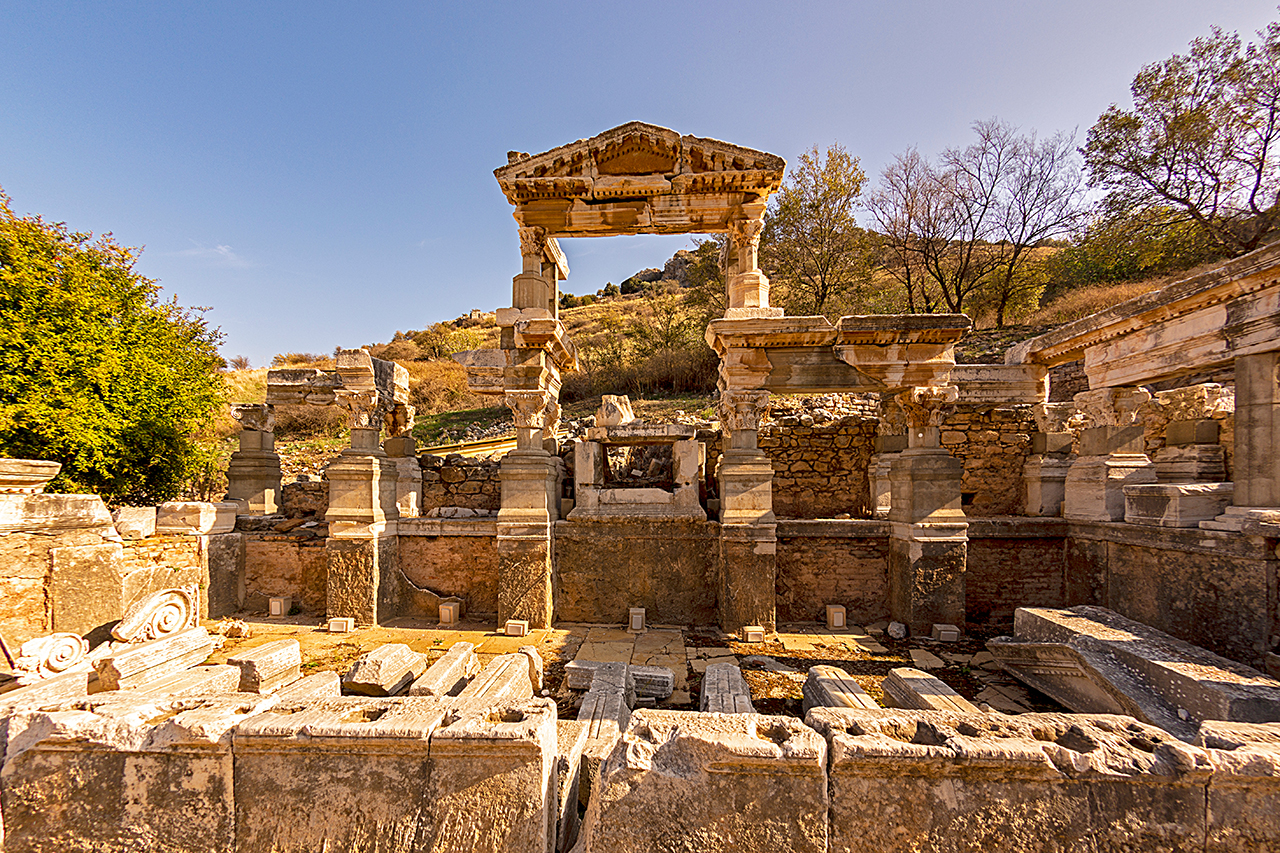
10 must-see sights in Ephesus:
If you’re considering a trip to Turkey, Ephesus is a destination that should not be missed. This historic city, which was once a bustling center of commerce and cultural exchange, boasts some of the most awe-inspiring landmarks and attractions in the world. From the magnificent ruins of the Temple of Artemis, one of the Seven Wonders of the Ancient World, to the grandeur of the Library of Celsus, a testament to the city’s rich intellectual heritage, Ephesus offers visitors a glimpse into the remarkable past of this once great city. In addition to its rich historical significance, Ephesus is also surrounded by stunning natural beauty, making it an ideal location for those who appreciate both the wonders of man and the beauty of nature. Whether you’re a history buff, a culture enthusiast, or simply seeking a unique and unforgettable experience, a visit to Ephesus is sure to leave a lasting impression.
Here are 10 must-see sights in Ephesus:
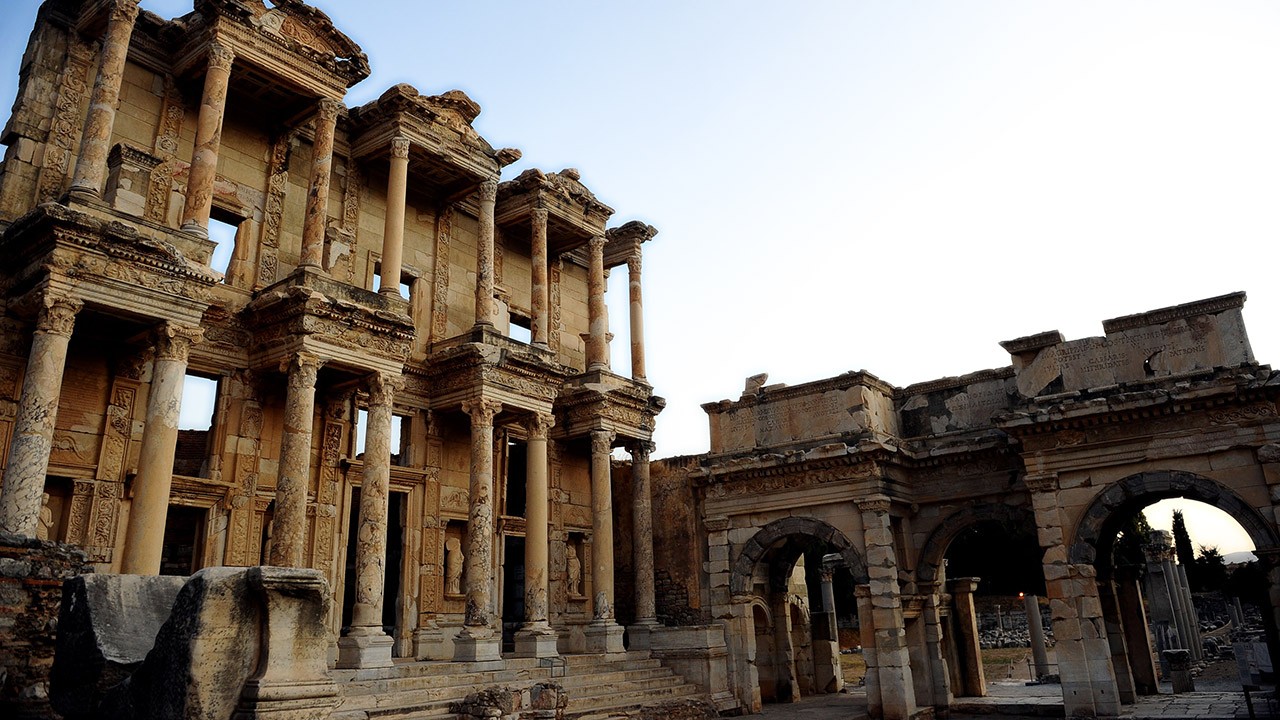
1: The Library of Celsus:
The Library of Celsus is truly a marvel to behold, capturing the attention and imagination of all who lay eyes upon it. Not only is this ancient structure a stunning work of architectural prowess, but it also serves as a poignant reminder of the rich intellectual history of Ephesus. The library’s intricate facade, adorned with ornate decorations and elaborate carvings, is a testament to the skill and dedication of the ancient craftsmen who built it. As you stand before the Library of Celsus, you can’t help but feel a sense of awe and wonder at the sheer size and grandeur of the structure. The library’s imposing columns and towering archways speak to the city’s sophistication and love of learning, while the countless scrolls that were once housed within its walls are a testament to the knowledge and wisdom of ancient Ephesus.
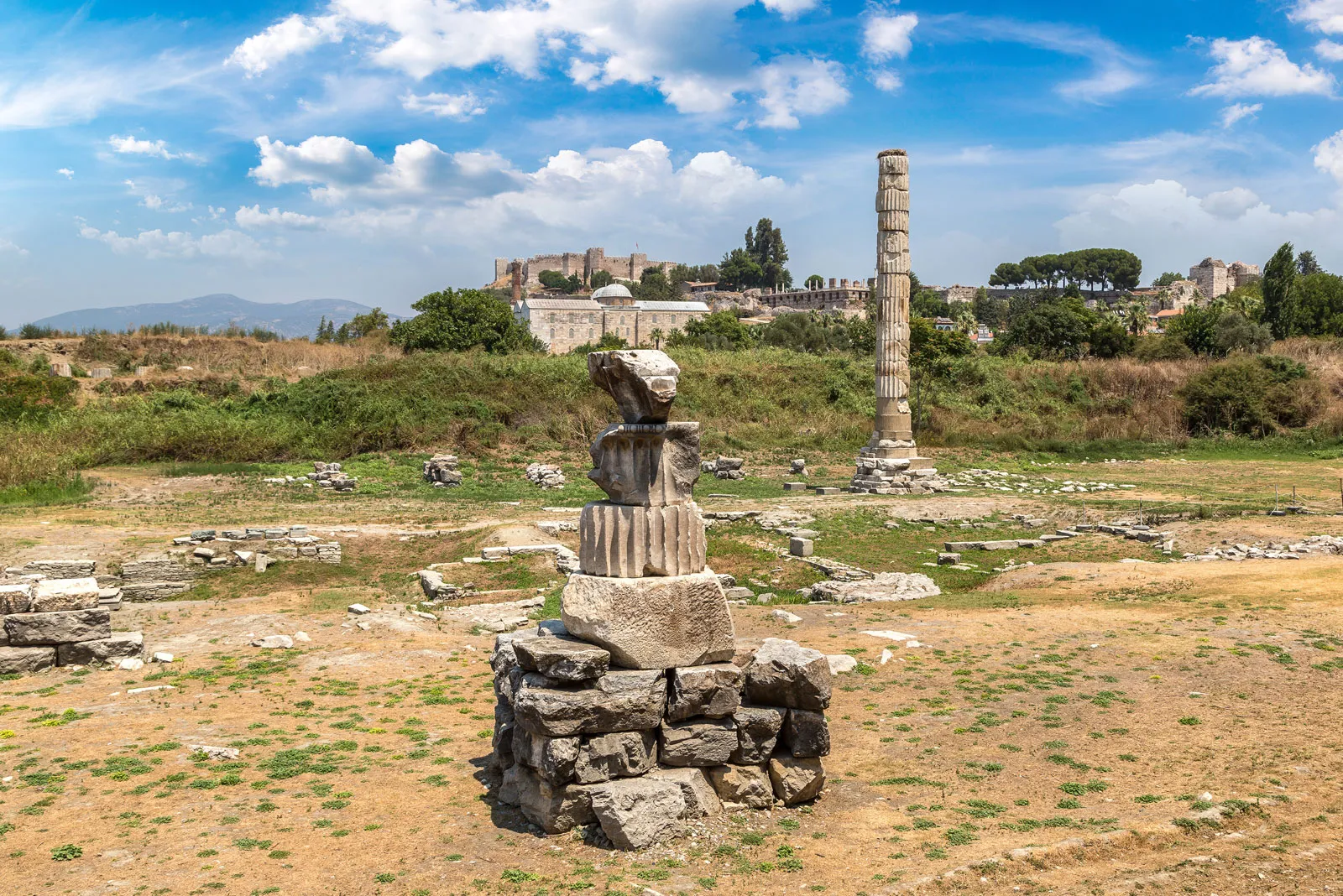 2: The Temple of Artemis:
2: The Temple of Artemis:
The Temple of Artemis, an ancient masterpiece of architectural brilliance, is renowned for its grandeur and splendor. For centuries, it was counted among the Seven Wonders of the Ancient World and served as a center of religious and cultural significance. Built as a dedication to Artemis, the goddess of hunt, wilderness, childbirth, and virginity, the temple’s magnificence is a testament to the importance of spirituality in ancient societies.With its vast size and intricate decorations, the temple was a symbol of power and reverence that left a lasting impression on all who visited. Walking through its sacred space, visitors were undoubtedly struck by the enormity of the structure, the detailed carvings, and the opulent embellishments that adorned every inch of the building.
In those ancient times, religion played a crucial role in shaping the society, and the Temple of Artemis was one of the most prominent religious centers in the world. It was a place where people gathered to worship and pay homage to their deity, seeking protection and guidance in their daily lives. The temple was an embodiment of the faith and devotion that characterized that era, leaving a lasting legacy of the ancient world’s religious heritage.
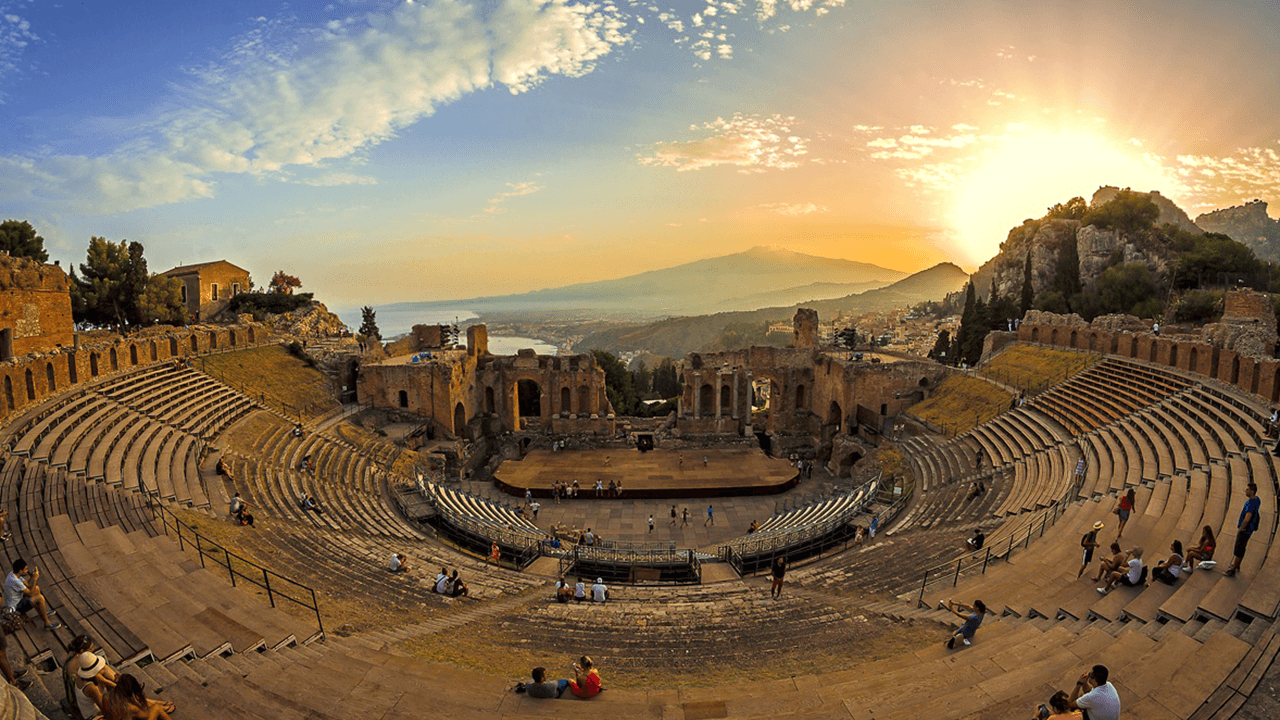 3: The Great Theatre of Ephesus:
3: The Great Theatre of Ephesus:
The Great Theatre is a true masterpiece of engineering, a breathtaking structure that once welcomed thousands of spectators to witness performances of music, dance, and drama. This remarkable achievement of ancient architecture has withstood the test of time and continues to amaze visitors with its impressive size and stunning acoustics.The advanced acoustics of the theatre are nothing short of astonishing, allowing even the softest whispers from the stage to be heard clearly from any seat in the house. It’s a remarkable feat that demonstrates the unparalleled skill of the ancient craftsmen who built the theatre with precision and care.
As one of the largest ancient theatres in the world, the Great Theatre is an awe-inspiring testament to the artistic and cultural achievements of ancient Ephesus. Its grandeur and scale are a testament to the importance of performance and spectacle in the lives of the people of that era, and a reminder of the enduring power of art to unite and inspire across the ages.
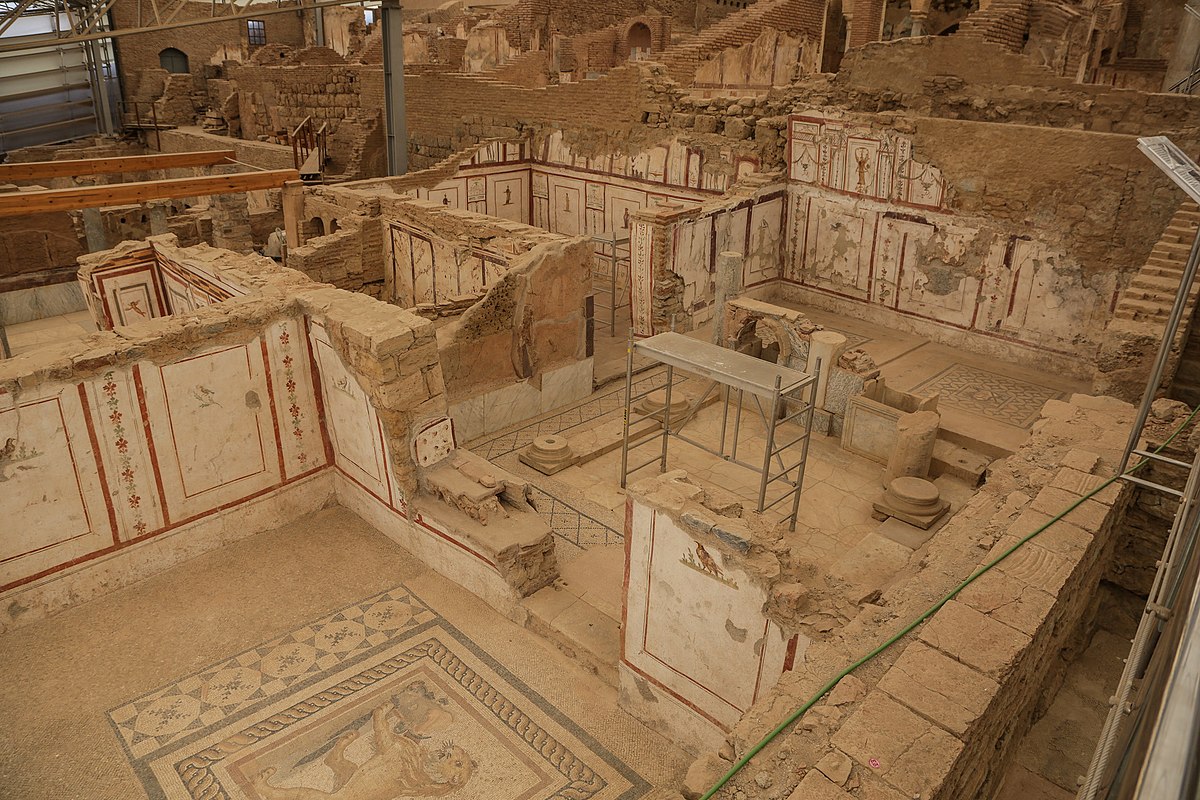
4: Terrace Houses
The Terrace Houses, located in the ancient city of Ephesus, are a remarkable testament to the opulence and sophistication of the wealthy elite who once lived there. These magnificent multi-story homes, often referred to as the “Houses of the Rich,” are adorned with intricately crafted mosaics, stunning frescoes, and exquisite marble decorations. As you wander through the narrow streets and rooms of the Terrace Houses, you’ll feel transported back in time to a world of privilege and luxury. The houses’ beautifully preserved interior designs showcase the creativity and artistic skills of the ancient city’s most affluent citizens, providing a glimpse into their daily lives and lavish lifestyles.Visitors are often awestruck by the intricate attention to detail found throughout the Terrace Houses, from the elaborate mosaics on the floors to the ornate frescoes on the walls. Each room is a unique masterpiece, showcasing the rich history and culture of the region.
So come and immerse yourself in the world of the ancient wealthy elite at the Terrace Houses in Ephesus. It’s an experience that’s not to be missed for anyone who appreciates the beauty and luxury of bygone eras.
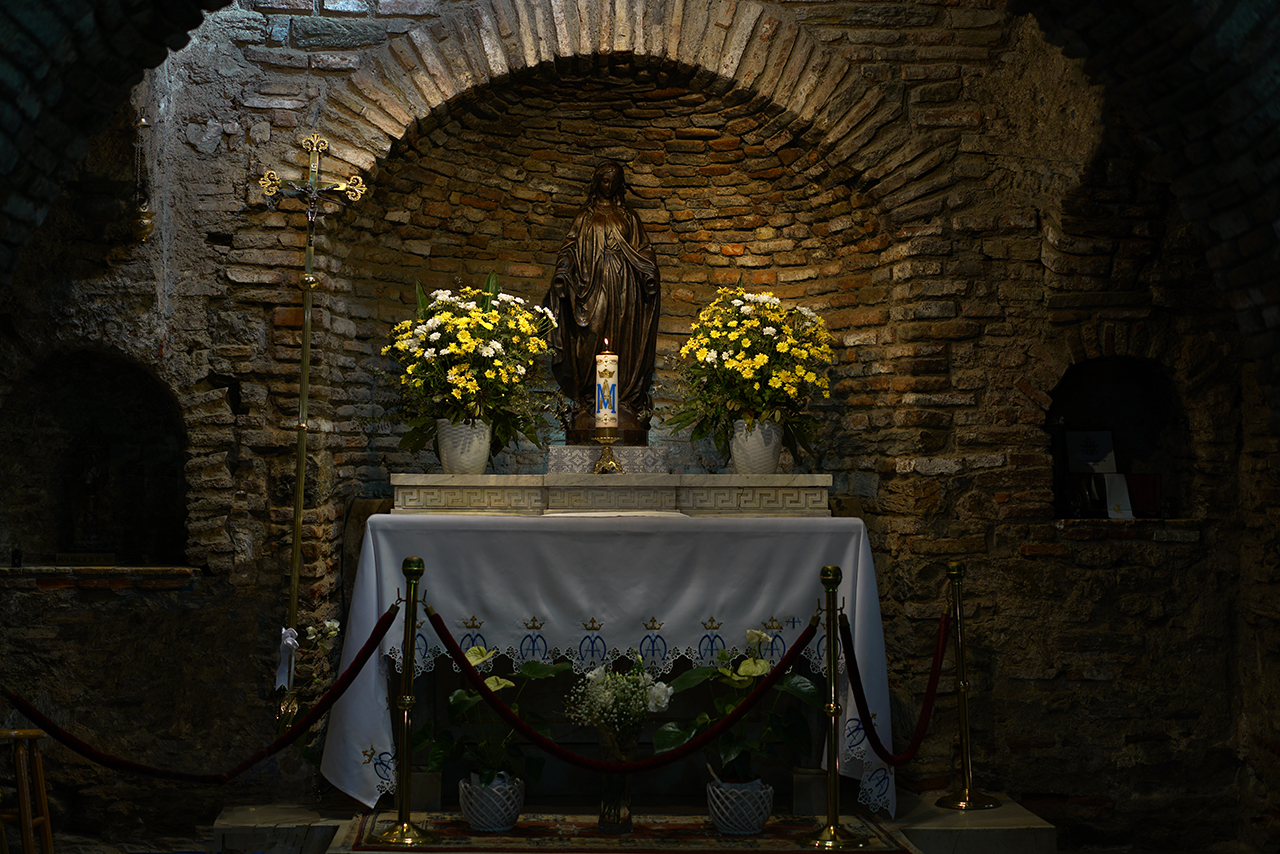
The House of the Virgin Mary is a truly awe-inspiring and tranquil site, nestled just beyond the boundaries of the ancient city of Ephesus. According to Christian tradition, this humble abode is believed to have been the final earthly home of Mary, the revered mother of Jesus. It is no wonder, then, that this site holds such great significance for followers of both the Catholic and Muslim faiths, and draws countless pilgrims from all over the world seeking spiritual solace and peace within its hallowed walls.As visitors approach the House of the Virgin Mary, they are immediately struck by the sense of calm and serenity that permeates the air. This is truly a place where one can pause and reflect, and feel the weight of the world slip away. For many, it is a sacred space where they can connect with their faith and pay their respects to Mary, the revered mother of Jesus.
While the House of the Virgin Mary may be a small and unassuming structure, it holds tremendous spiritual significance for many. Visitors who make the pilgrimage to this holy site often describe feeling a profound sense of peace and tranquility, as if the very air is infused with the loving presence of Mary herself. For those seeking a moment of respite from the chaos of the modern world, there is perhaps no better place to find solace than the House of the Virgin Mary.
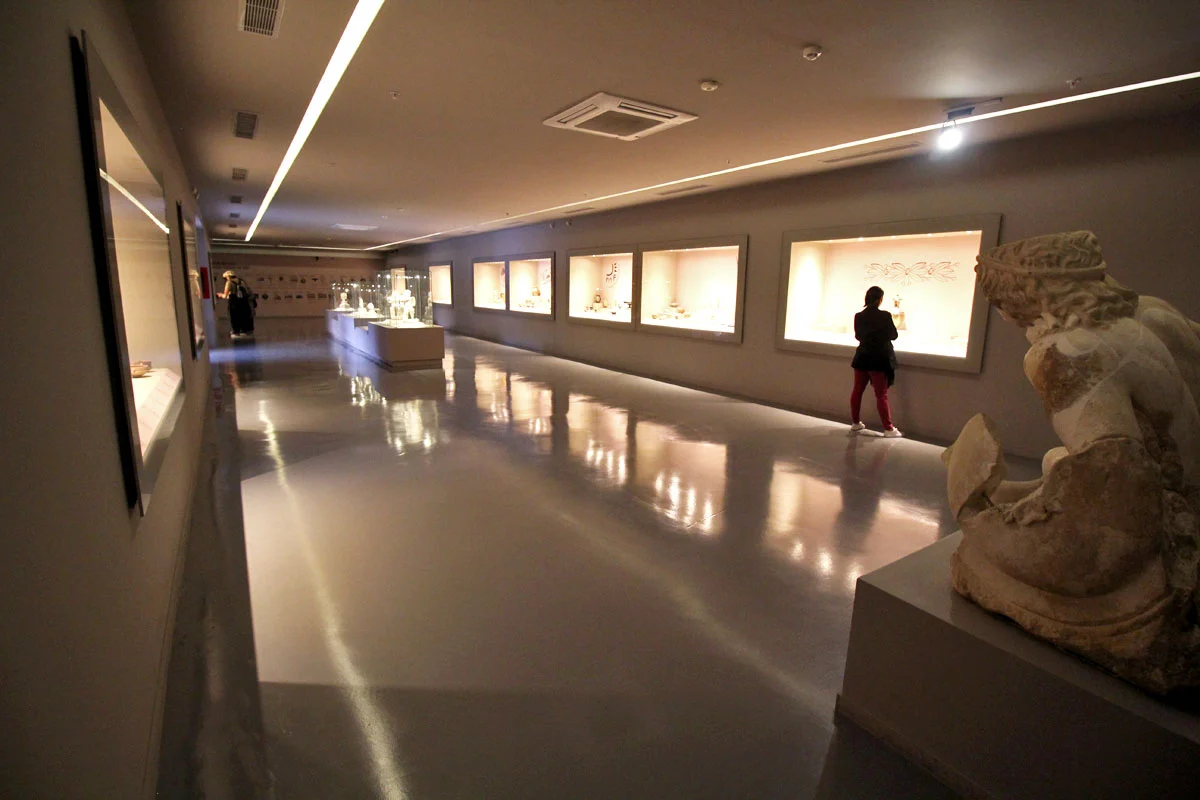 6: The Ephesus Archaeological Museum:
6: The Ephesus Archaeological Museum:
If you’re fascinated by the ancient world, the Ephesus Archaeological Museum is an absolute must-visit destination. This remarkable museum is home to an unparalleled collection of artifacts that have been meticulously preserved from the region’s rich and storied past, providing a fascinating glimpse into the culture of the people who once called Ephesus home. Stepping through the museum’s doors is like taking a journey back in time. The exhibits are truly awe-inspiring, and you’ll find yourself lost in the intricate details of the ancient sculptures that showcase the incredible skill and artistry of the craftsmen who created them. But it’s not just the larger-than-life sculptures that will captivate you. The museum’s displays also feature an array of everyday objects that were once used by the people of Ephesus, from simple household items to intricate tools. These objects offer a rare and intimate glimpse into the daily lives of the people who lived in this ancient city, providing a unique perspective on their customs and traditions.
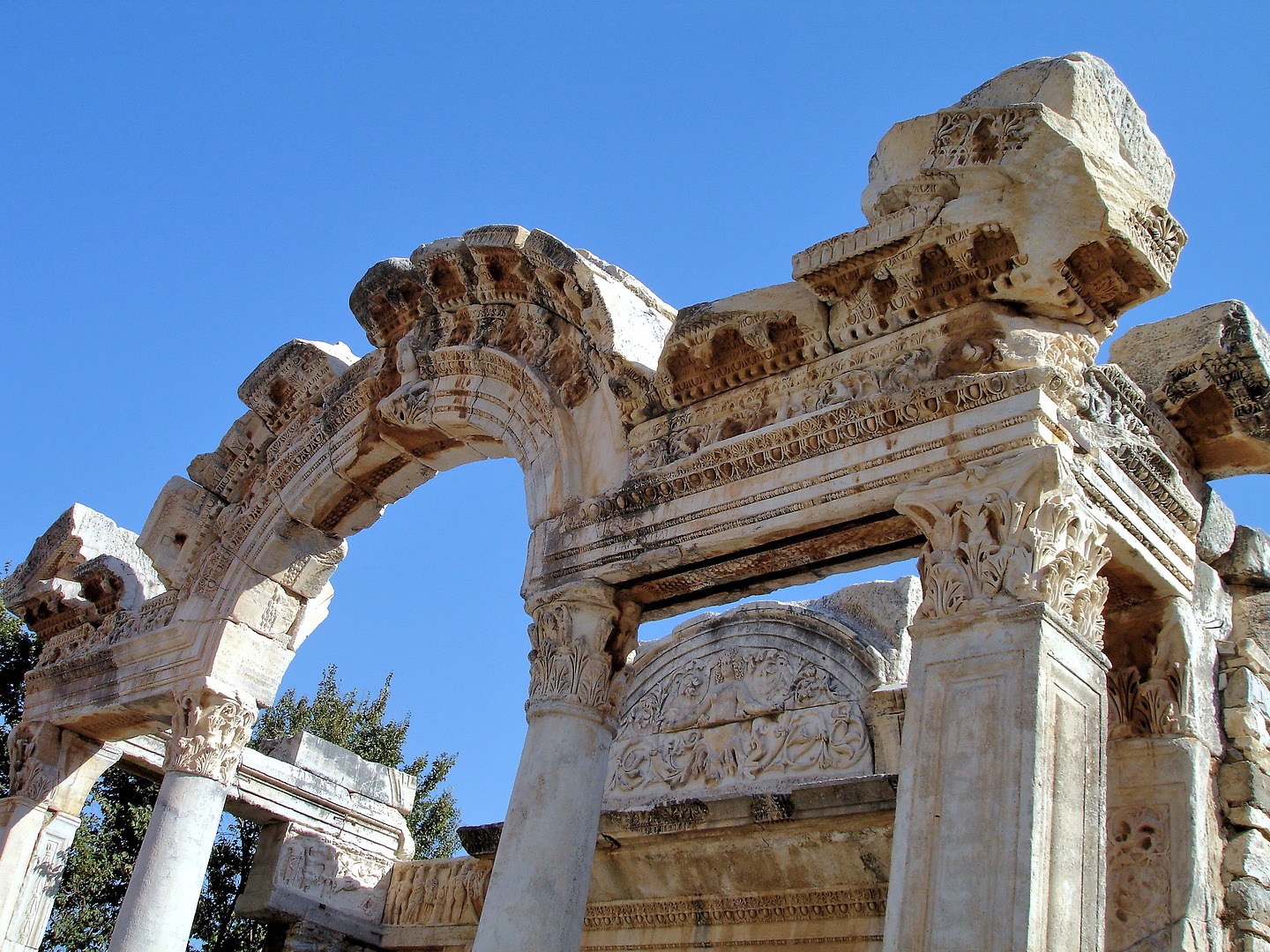 6: The Temple of Hadrian:
6: The Temple of Hadrian:
The Temple of Hadrian stands as a magnificent tribute to the architectural brilliance of the ancient world. This stunning temple, which has been remarkably well-preserved, is a testament to the skill and expertise of the craftsmen who constructed it. Every inch of the temple is adorned with intricate carvings and exquisite details, showcasing the mastery of the ancient artists. The structure’s imposing columns and ornate façade are a true marvel to behold, inspiring awe in visitors and reminding them of the remarkable achievements of the ancient Romans. As you explore the temple, you’ll be transported back in time to the height of the Roman Empire.
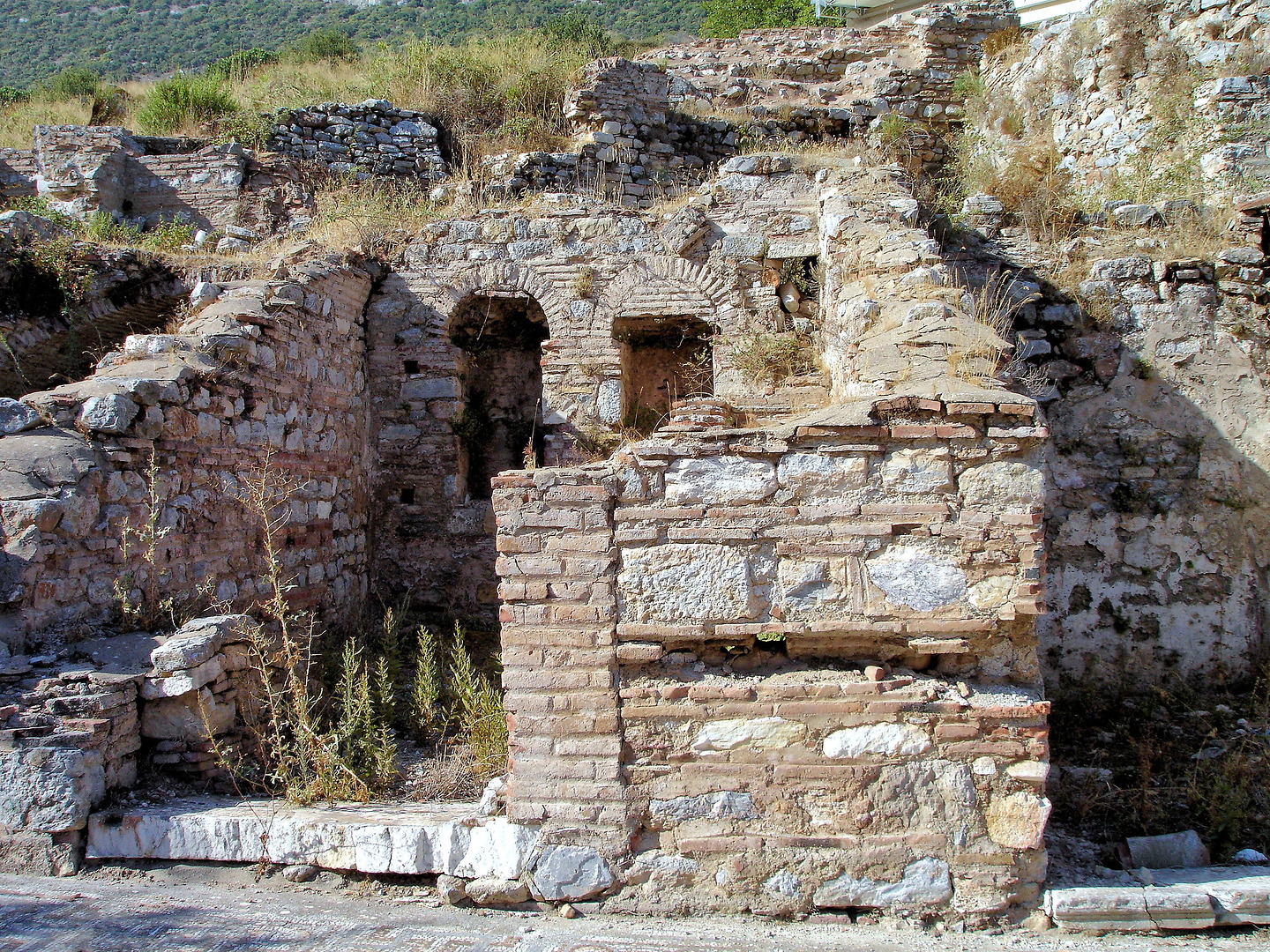 7: Roman Baths:
7: Roman Baths:
The Roman Baths in Ephesus were an impressive feat of engineering and technology in their time. These public baths were a central gathering place for the citizens of Ephesus, where they could socialize, exercise, and relax in the various pools, saunas, and steam rooms. The baths could accommodate up to 1,000 people at a time, making them the largest public baths in the world at the time of their construction. Today, visitors can explore the various rooms and pools of the baths, gaining a deeper understanding of the ancient bathing rituals and practices.
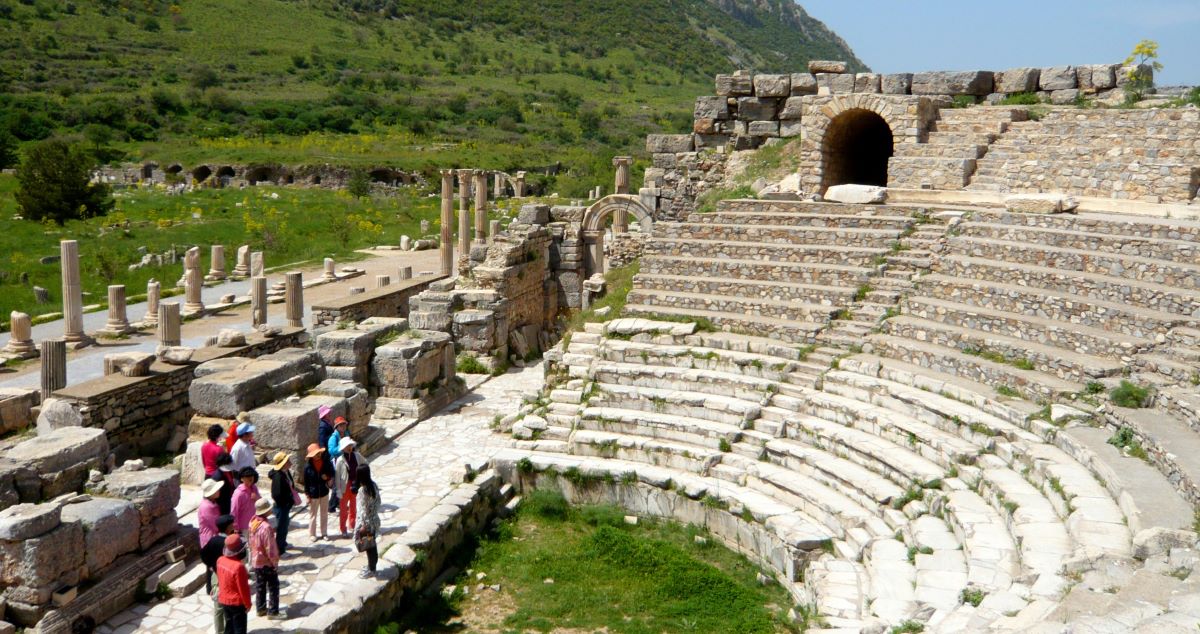 8: Odeon:
8: Odeon:
The Odeon was a small but important theater in ancient Ephesus, used for a variety of purposes. While it was primarily used for musical performances and meetings of the city council, it was also used for other important events such as lectures and poetry readings. The theater was built in the 2nd century AD and could seat up to 1,500 people. Today, visitors can see the well-preserved stage and seating area, giving them a glimpse into the cultural and political life of ancient Ephesus.
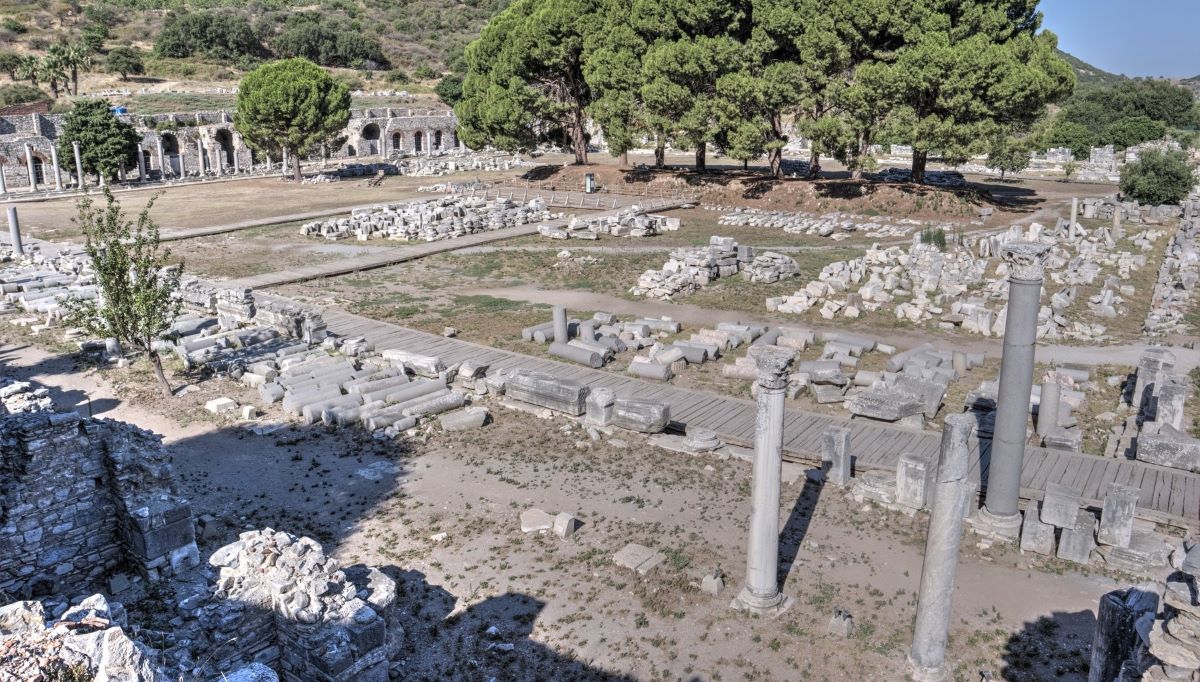 9: Commercial Agora:
9: Commercial Agora:
The Commercial Agora was the bustling commercial center of Ephesus, where merchants would sell their goods and citizens would come to shop, socialize, and exchange ideas. The agora was a hub of activity and was home to a variety of shops and stalls selling everything from food and clothing to luxury goods and exotic imports. Today, visitors can explore the ruins of the agora, including the well-preserved colonnades and market halls, and imagine what it would have been like to shop and trade in ancient times.
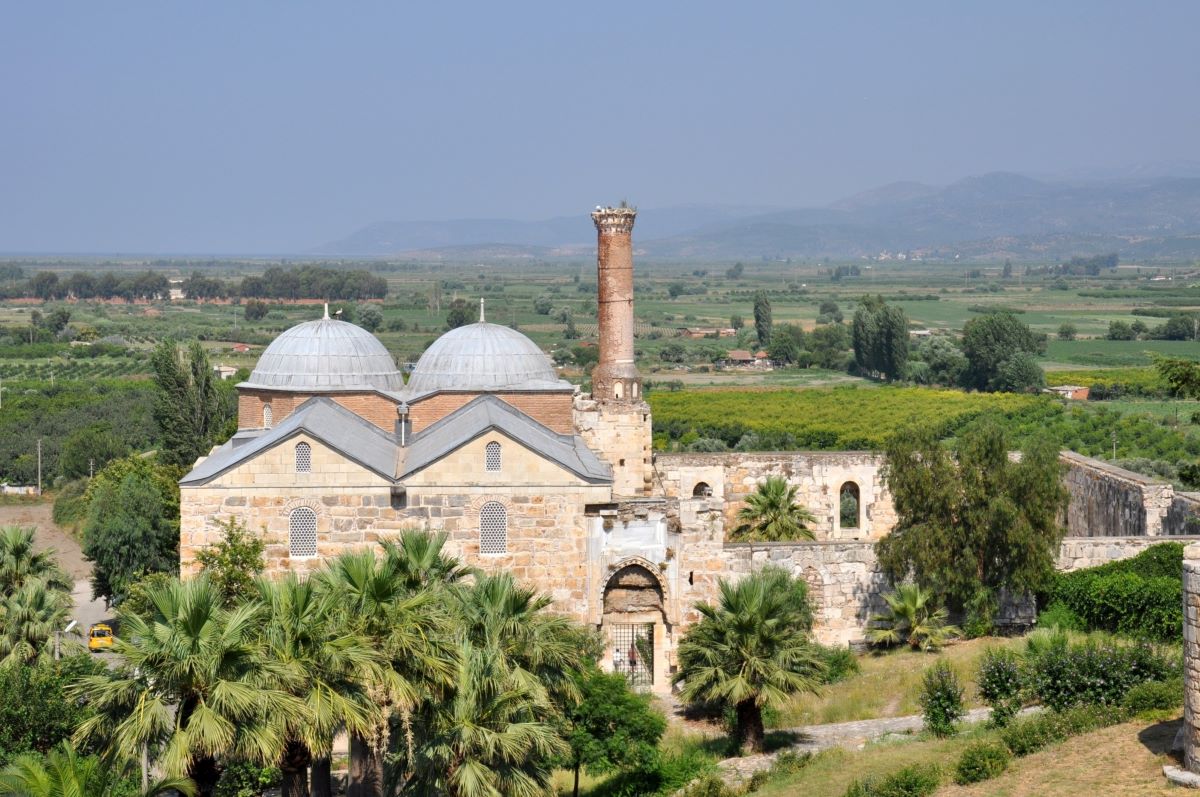 10: The Isa Bey Mosque:
10: The Isa Bey Mosque:
The Isa Bey Mosque is an exquisite example of Seljuk architecture, featuring stunning arches, intricate tilework, and beautiful calligraphy. Built in the 14th century, the mosque is still in use today and remains an important place of worship for the local community. Visitors can take in the peaceful atmosphere of the mosque and appreciate the beauty of its intricate design.
Whether you’re a history buff, an architecture enthusiast, or simply someone who loves natural beauty, Ephesus has something for everyone. Plan your trip today and discover the wonders of this ancient city.

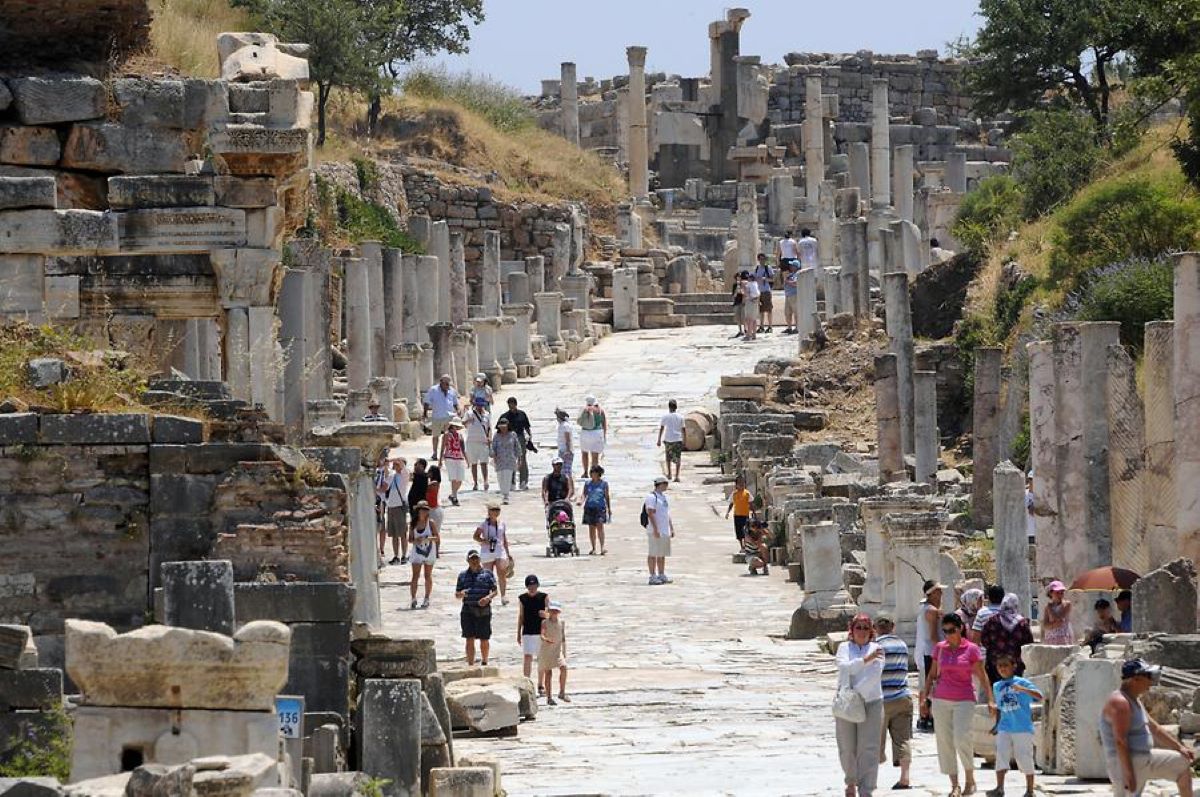
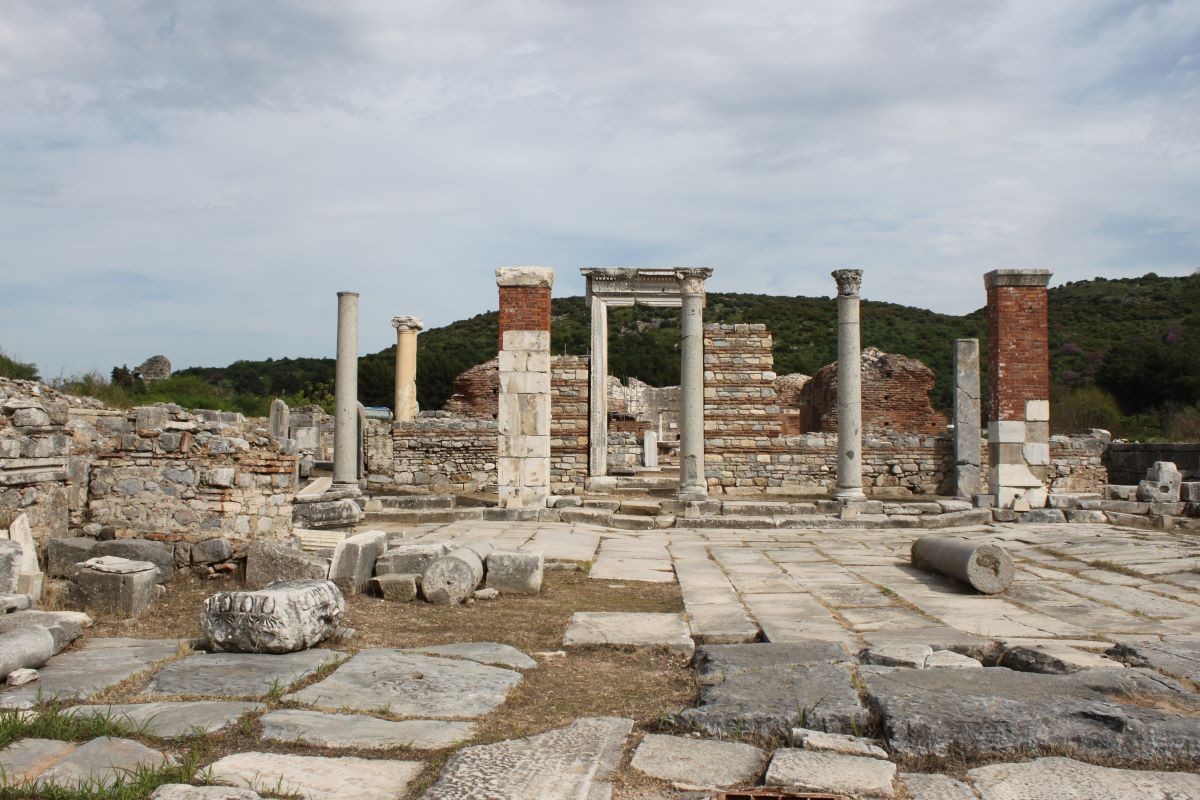
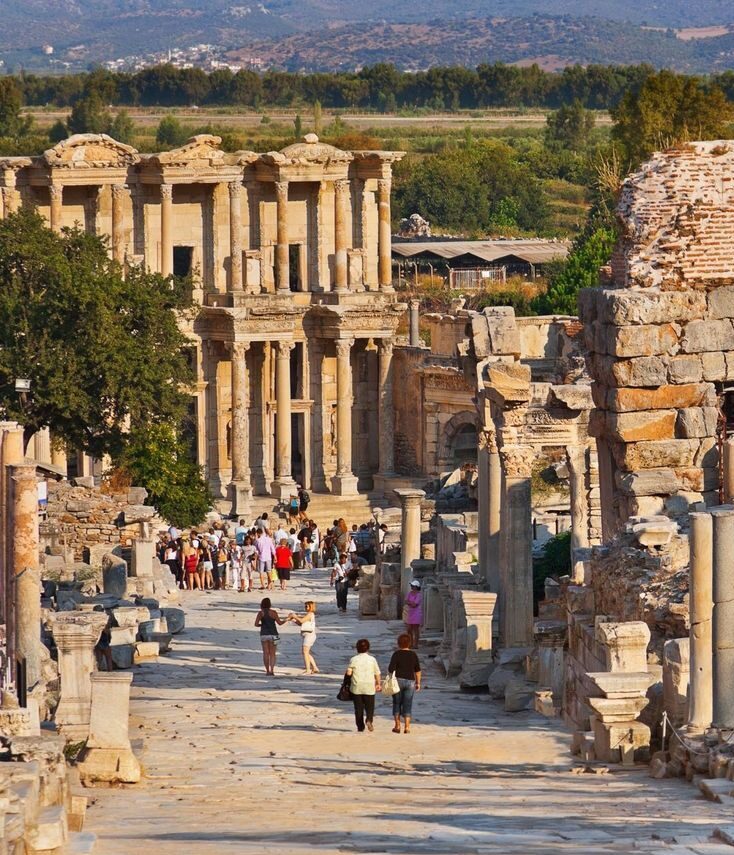
This Post Has 0 Comments